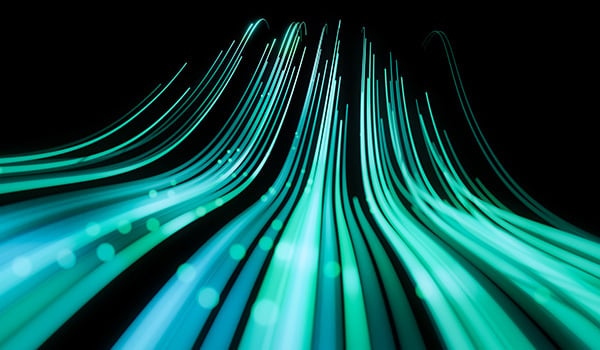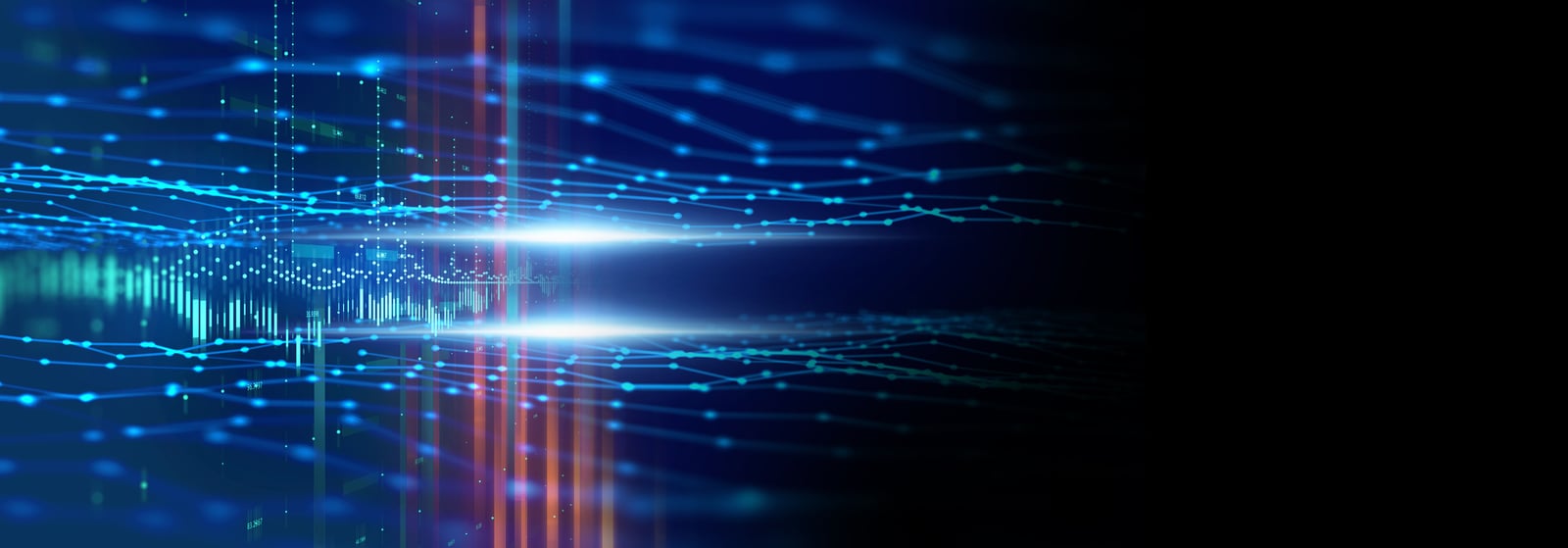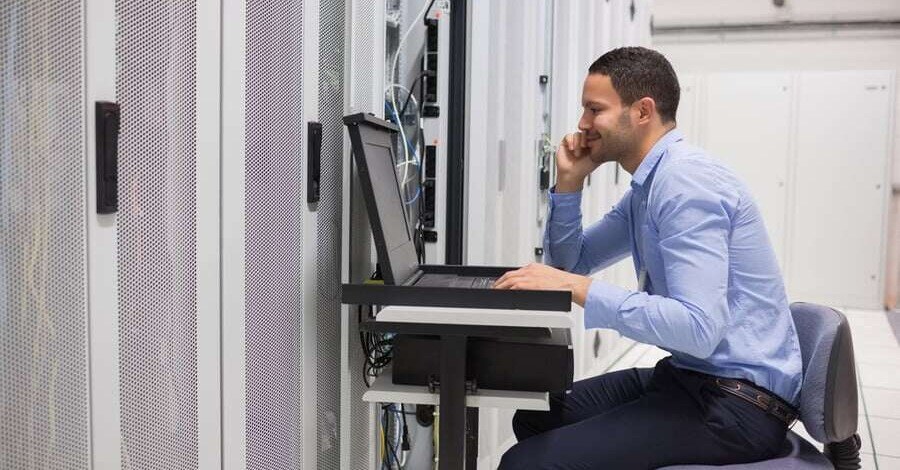Fiber optic cables have long been considered the gold standard of network cabling and breakthroughs in new optical fiber cables are promising unfathomable transmission speeds in the future. Fiber optic cables are critical to the modern digital world where they connect data centers, mobile cell towers, and other infrastructure around the globe.
“Fiber optic cables are often seen as the gold standard for network cabling. They offer unparalleled performance compared to their typical copper counterparts,” said the Cable Matters blog.
A report released this summer shows the global fiber optic cable market valued at $11.63 billion in 2023 with an expected growth of almost 10 percent per year to reach $18.10 billion by 2028.
“Fiber optic cables offer several benefits in the telecommunication industry, including high speed and bandwidth, low attenuation, immunity to electromagnetic interference, high reliability, less maintenance compared to copper cables, and difficulty in tapping or intercepting, which ensures high security,” said the report. “Moreover, owing to their security, scalability, and unlimited bandwidth potential, fiber optic cables are also being chosen to support advanced technologies such as 5G, Big Data, and IoT that rely heavily on real-time data collection and transfer.”
Powerful Fiber is No Thicker than a Human Hair
Interesting Engineering says that each fiber optical cable is no thicker than a human hair (125 microns) yet is powerful enough to handle the world's internet traffic. And that power is ramping up thanks to current research.
“An international collaboration of researchers has achieved a new speed record after transferring 1.7 petabits of data over 41 miles (67 km) of standard optical fiber cable. That's the equivalent speed of 17 million broadband internet connections,” wrote Ameya Paleja in Interesting Engineering in June.
The multinational team of researchers from Australia, Italy, Japan, and The Netherlands, designed a fiber optic cable with 19 cores (vs. the standard single core) via 3D printing.
“We’ve created a compact glass chip with a waveguide pattern etched into it by 3D laser printing technology. It allows the feeding of signals into the 19 individual cores of the fiber simultaneously with uniform low losses. Other approaches are limited in the number of cores and result in the loss of too much light, which reduces the efficiency of the transmission system,” says Dr Simon Gross from Macquarie University’s School of Engineering.
The researchers say the latest generation of subsea cables that were laid in 2022 can carry 22 Terabits in each of 16 fiber pairs – a million times more capacity than previous subsea cables but still not enough to meet the rising demand for streaming, video conferencing, and other digital communication.
“Decades of optics research around the world has allowed the industry to push more and more data through single fibers,” says Dr Gross. “To meet the growing demand for movement of data, telecommunication companies need technologies that offer greater data flow for a reduced cost. The new fiber contains 19 cores that can each carry a signal, a ground-breaking development which could impact many industries.”
Fiber Optic Cables: Transmitting at the Speed of Light
In today's digital age, where information travels at the speed of light, fiber optic cables have emerged as the unsung heroes of our connected world.
Fiber optic cables are made up of glass strands, each about the diameter of a human hair. They contain anywhere from a few to hundreds of optical fibers within a plastic casing. Fiber optic cables transmit data using on-and-off light signals to achieve binary code. The orientation of these pulses defines the data.
Unlike traditional copper cables, which transmit data as electrical signals, fiber optic cables use the principles of total internal reflection to transmit data as pulses of light. This fundamental shift in transmission medium offers numerous advantages, including higher bandwidth, longer transmission distances, and immunity to electromagnetic interference.
The construction of a typical fiber optic cable involves several layers:
- Core: The core is the central part of the cable, where the light signals travel. It's usually made of glass and has a higher refractive index than cladding.
- Cladding: Surrounding the core is the cladding, a layer with a slightly lower refractive index than the core. This setup ensures that light signals remain confined within the core due to total internal reflection.
- Coating: To protect the core and cladding, a coating of plastic or another protective material is applied. This coating also provides mechanical protection and flexibility to the cable.
“Fiber optic cables, from the outside at least, don’t look drastically different from many other kinds of cabling, since their outermost layer tends to be a colored plastic or silicon tubing,” says Cable Matters. “The end of the cable will look different depending on the type of task the fiber optic cable is used for. A TOSLINK optical fiber cable used for audio transmission has a small plastic tip that will show the visible light being transmitted by the cable when plugged in at one end, while a fiber optical patch cable may be fitted with a connector called an LC connector at each end. It can still be visible in some cases, however, and in the case of a laser transmitted light, should not be viewed directly as it can cause severe eye damage.”
Two Primary Types of Fiber Optic Cables: Single Mode and Multimode
Fiber optic cables come in various types, each optimized for specific use cases. The two primary categories are single mode and multimode fibers.
The primary differences are:
-
Single mode: Uses a laser as its light source and is used for long distances or higher bandwidth needs. Single mode fiber has a smaller core size (9 microns) and is generally more expensive. This is around six to seven times narrower than a multi-mode fiber optic cable type.
“The actual maximum distance of a single mode fiber optic cable depends on its transmission rate and cable type. There are two single mode fiber optic cable types: OS1 and OS2,” explains Cable Matters. “The former is a tight buffered cable that is mostly designed for use in indoor locations where distances tend to be shorter, and electrical interference may be greater. They are typically used over distances no greater than six miles and support a maximum throughput of 10 Gigabits per second. OS2 cables, on the other hand, are targeted more at outdoor and greater distance use, with a maximum range as great as 125 miles. They also support greater throughput, up to 100 Gigabits per second, and are more expensive than OS1 fiber optic cable types.”
-
Multimode: Uses an LED as its light source and is used for shorter distances or less bandwidth-intensive applications. Multimode fiber cabling system has a shorter reach and is widely deployed in enterprises, data centers, and LANs. Multimode fiber can carry multiple light rays (modes) at the same time as it has varying optical properties at the core.
“Multimode fiber optic cables are characterized by a much broader internal core, measuring either 50µm or 62.5µm which allows multiple streams of data to be sent down the cable. That larger core means that the light reflects off the interior of the core much more frequently, which opens up multiple paths for multiple beams of light to be transmitted simultaneously,” explains Cable Matters. “However, this does have its limitations, namely greater signal attenuation, which means that multimode fiber optic cables simply cannot support the same distances as single mode cables and require more regular enhancement if greater distances are required.”
Multimode cables are split into five distinct types, with wide-ranging specifications and capabilities: OM1, OM2, OM3, OM4, and OM5.
DCS Offers Highest Quality Fiber Optic Manufactured in U.S.
At DCS the highest-quality fiber assemblies are Made in America in a facility in Texas including:
- Fiber Optic Trunk Cables: Ready for fast deployment and ease of migration to 40G and 100G applications.
- Fiber Optic Jumper Cables: Provide the “final feet” of connectivity between patch panels and the central patching location or between patch panels and production hardware at the zone patching location.
- Fiber Optic Harnesses: Used as a quick connect extension when coupled with an MTP trunk cable.
Contact DCS today to find out how we can manufacture and install the right connectivity solution for your data center.










